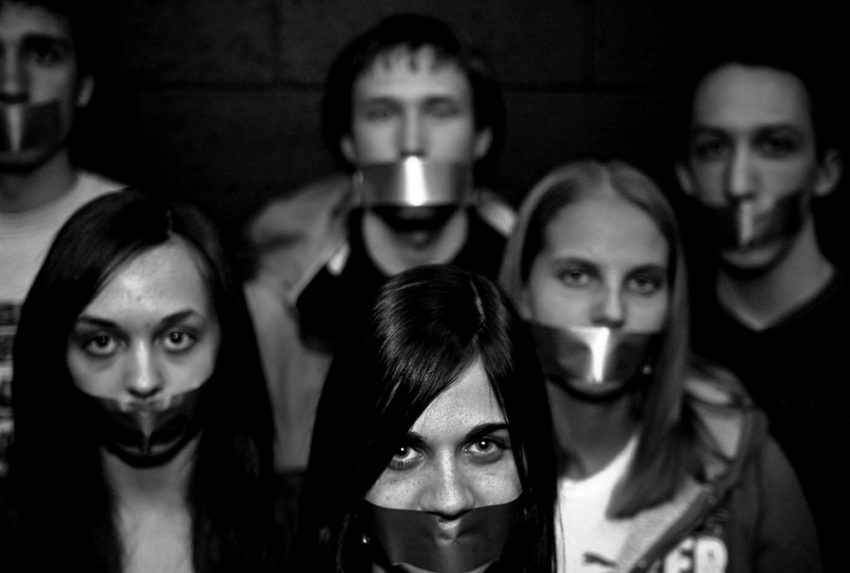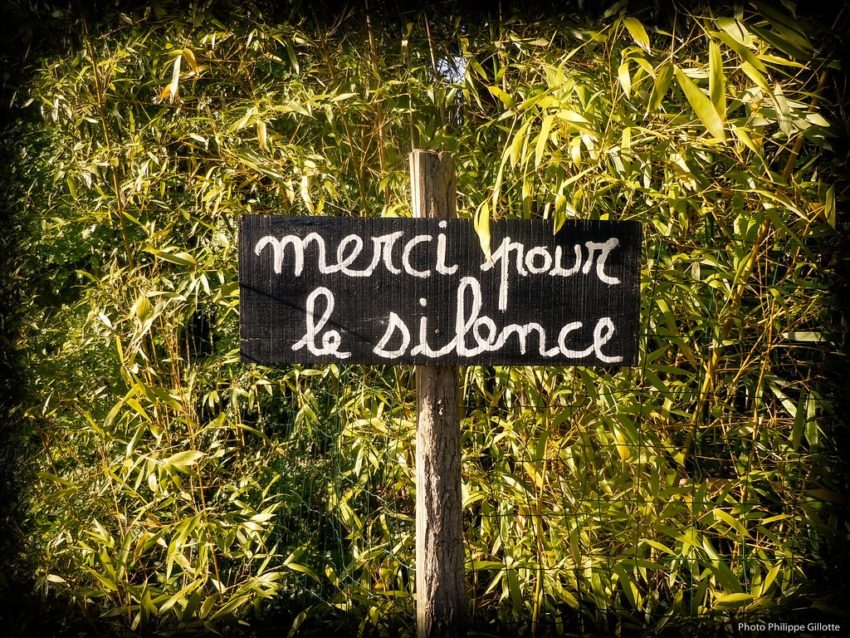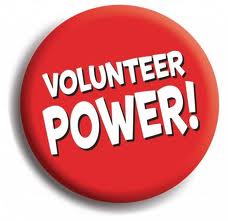By: Jeff Baillargeon

Originally a class-mandated project on non-violent protests created by Maria Pulzetti at the University of Virginia in 1996, the Day of Silence is now an annual protest in the month of April to raise awareness and support of LGBTQ2+ youth. Taking a vow of silence for the day and led by students themselves across elementary and secondary schools in North America, youth demonstrate against the continuing harassment and discrimination of queer students, and importantly, the culture of silence that allows this violence to continue. In refusing to speak for the day, students draw attention to the ways in which schools lack formal and informal support mechanisms that would otherwise both prevent the bullying of queer youth and provide a safe space to address the harassment and discrimination they face. The vow of silence demonstrates the myriad ways in which LGBTQS+ youth are forced into silence, and in turn, how we as a society fail them. Students participating also provide ‘speaking cards’ to explain to their peers the reason for their silence:
“Please understand my reasons for not speaking today. I am participating in the Day of Silence, a national youth movement protesting the silence faced by lesbian, gay, bisexual and transgender people and their allies in schools. My deliberate silence echoes that silence, which is caused by harassment, discrimination, and prejudice. I believe that ending the silence is the first step towards fighting these injustices. Think about the voices you are not hearing today. What are you doing to end the silence?”

Drawing hundreds of thousands of students together in place and spirit each year, the protest brings out into the open what is usually swept under the rug. At the end of the day, students come together at rallies and events, and refuse to be kept silent. There, youth congregate to discuss their experiences protesting during the day and the potential ways in which their schools can be more inclusive. The Day of Silence quickly mobilized, with over 100 institutions in the U.S. participating only one year after it was first created. In the year 2000, the Gay, Lesbian and Straight Education Network (GSLEN)—a nationally prominent education network for teachers and students in the U.S.—adopted the initiative as one of their official projects, assisting in the promotion and facilitation of the event in schools across the country. This year marks the 25th anniversary of the National Day of Silence. Though there is cause to celebrate—for example, the fact that queer youth today grow up with the support of this event, at an age that would otherwise have been unimaginable one or two generations ago—it is important to acknowledge that in Canada, as in the U.S., there is still opposition to this day. I first learned of this event in 2010 when I was in grade 11 at my high school in Guelph. It was not an official demonstration sanctioned by the school, however. I was in my math class when the only ‘out’ queer student in my grade—a class of 500+—walked in with his mouth taped. I was confused, as were most of my classmates. Today still, however, it is not a recognized event, but depends on the courage of queer and ally students to step up and say no more to the silence. One recent Canadian right-wing op-ed, for example, argues that “[t]he whole thing is a scam to promote homosexuality and gender confusion to impressionable children—the younger, the better.” Though we are fortunate in Canada that this type of opposition is found on fringe media, this piece and the fact that many Canadian schools still do not participate in this day of protest, together provide important reminders that for many LGBTQ2+ youth, acceptance and safety are still silent dreams, signifying that there is still work to be done.

